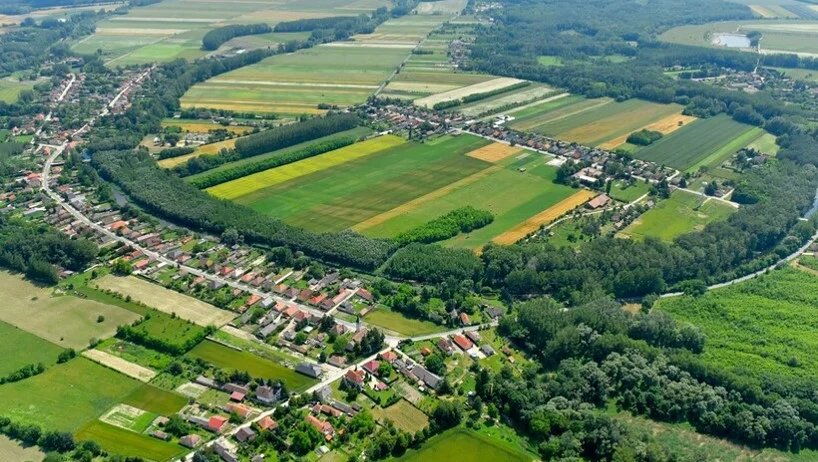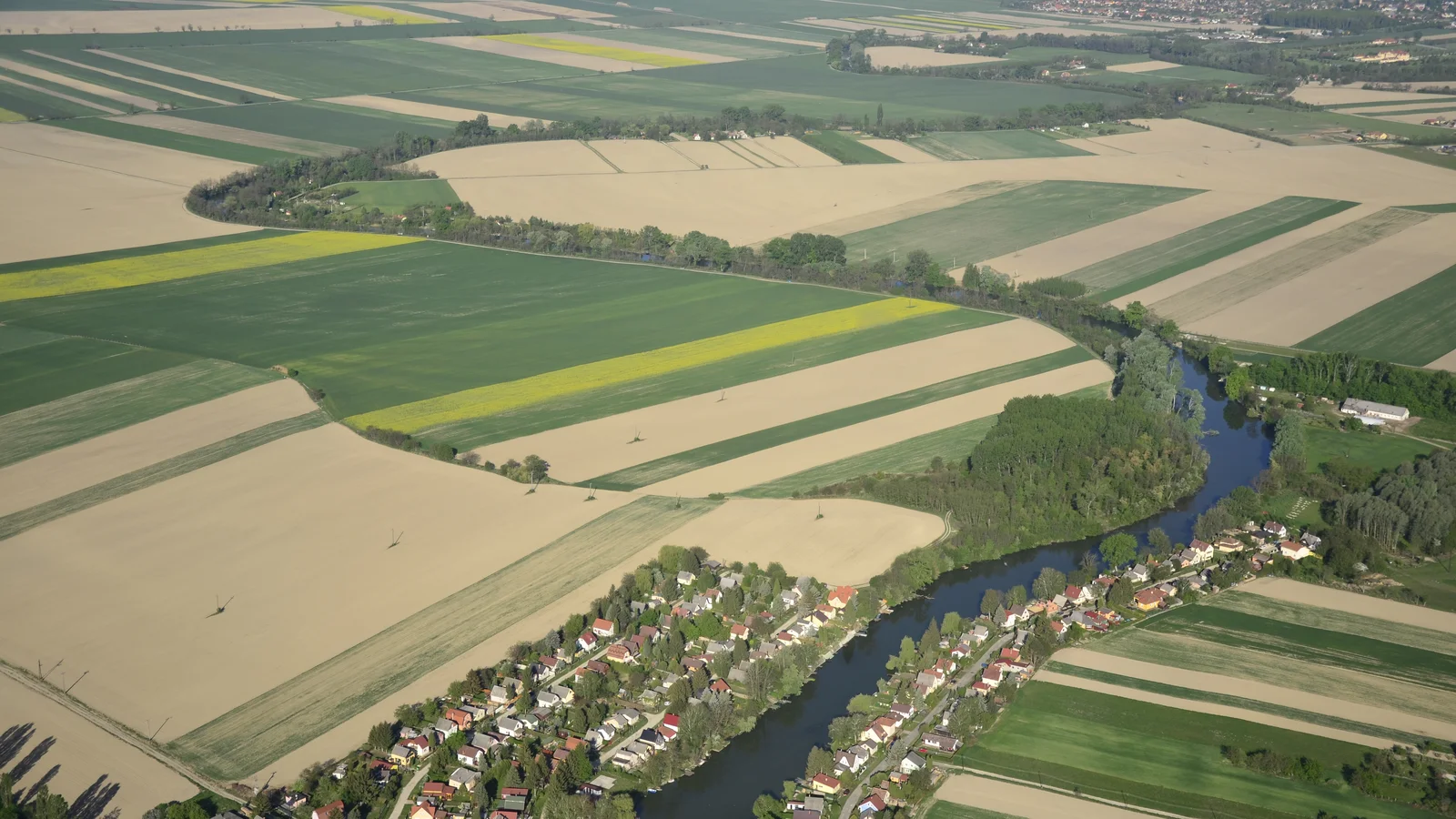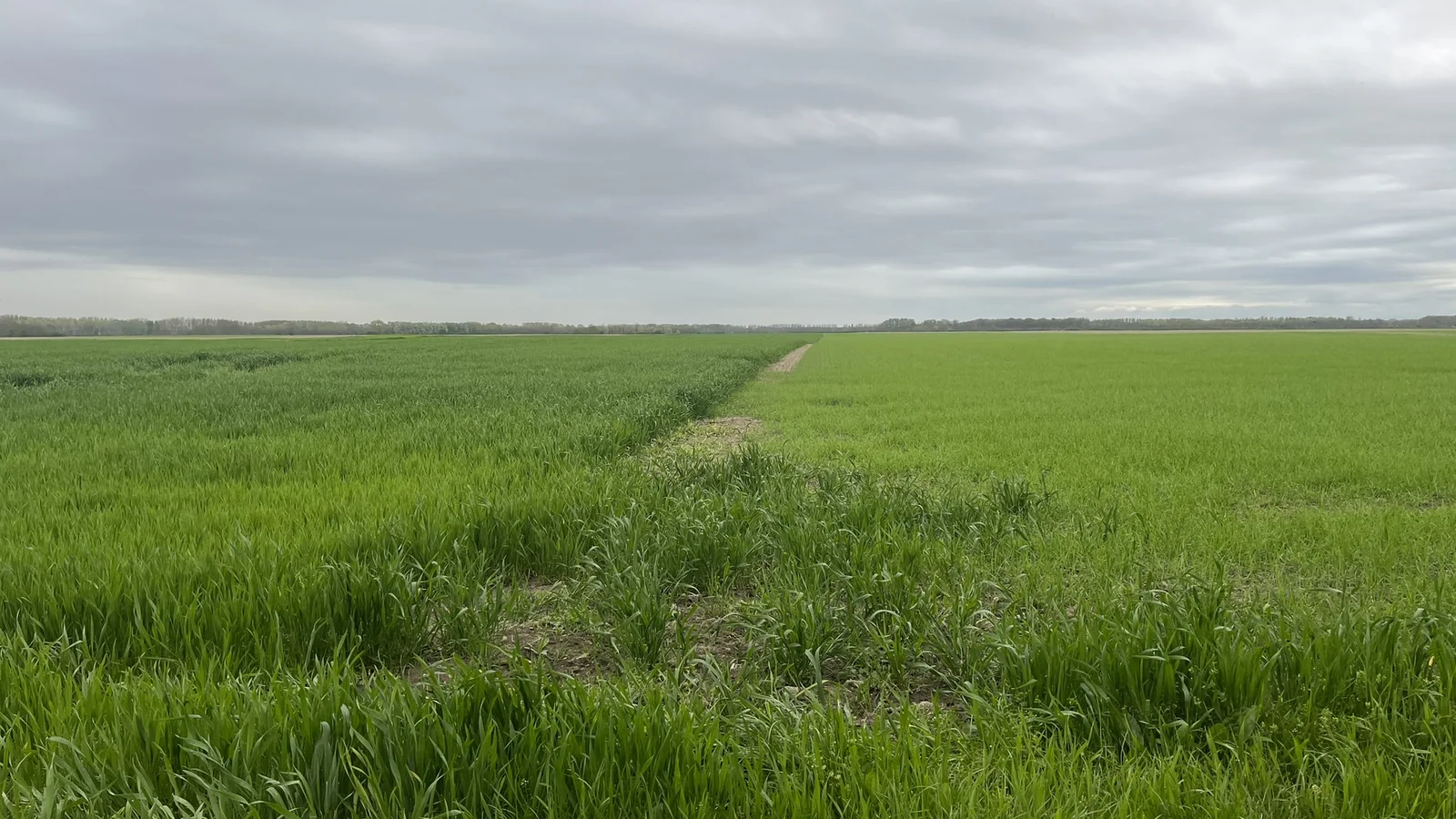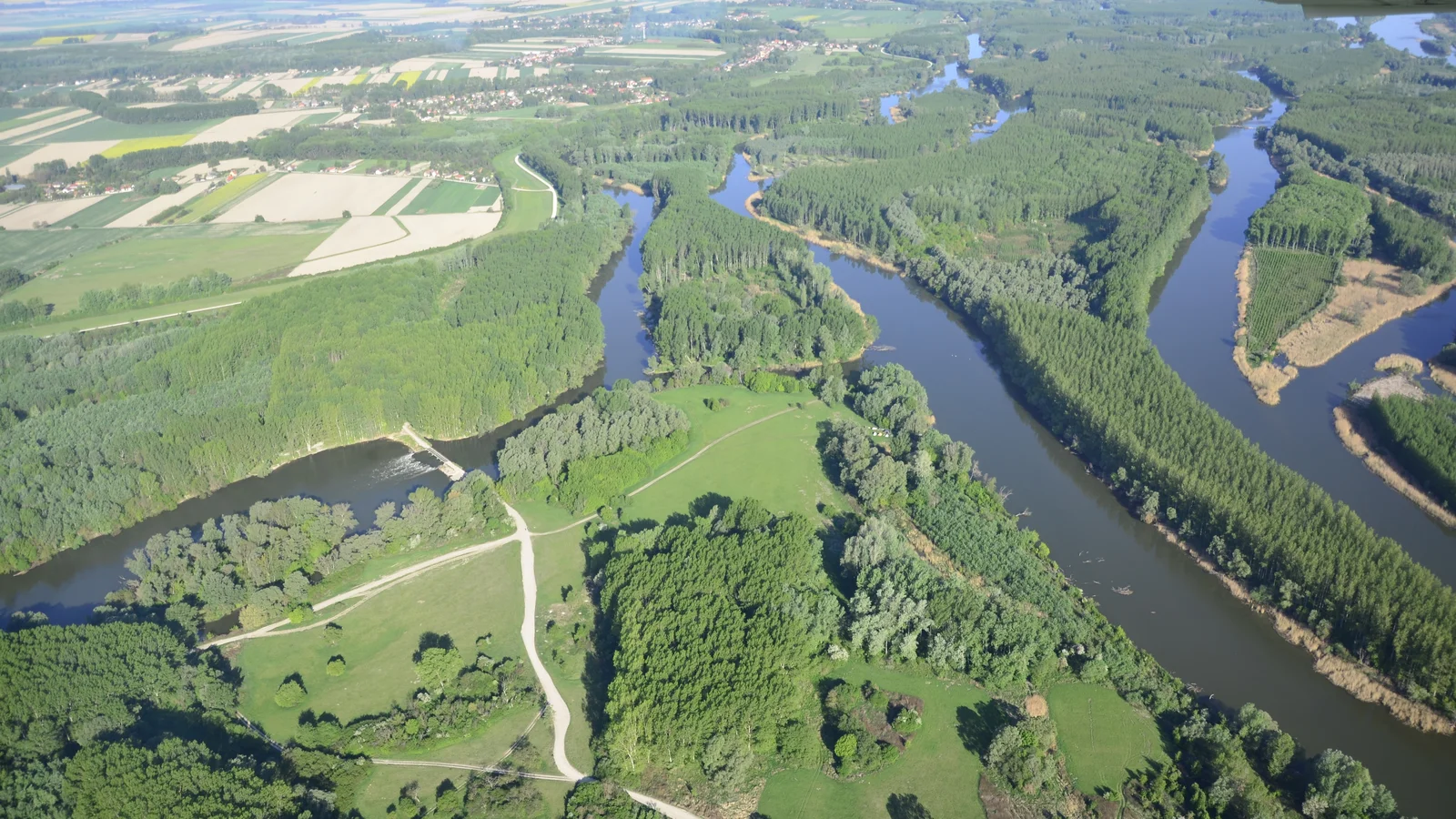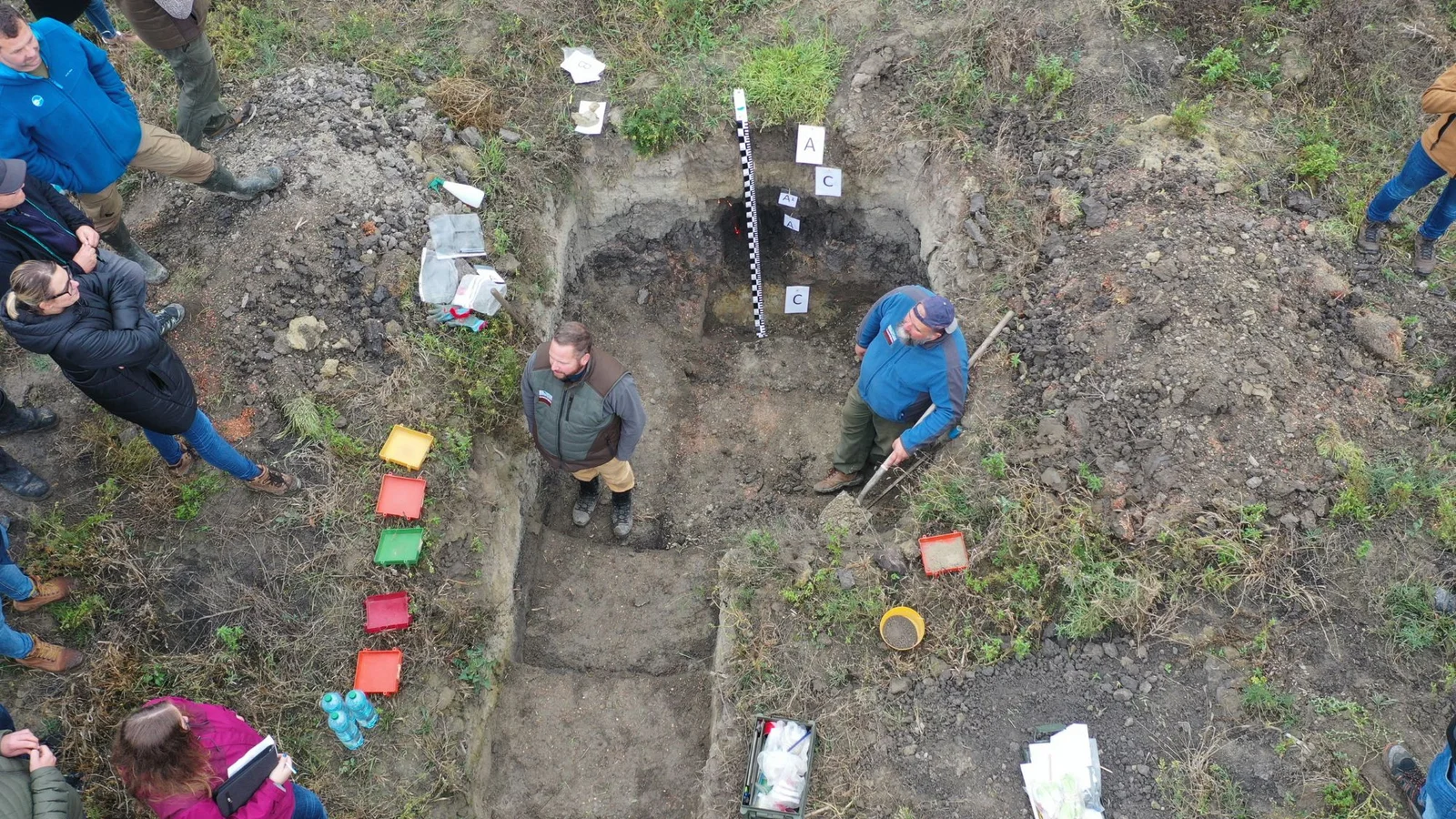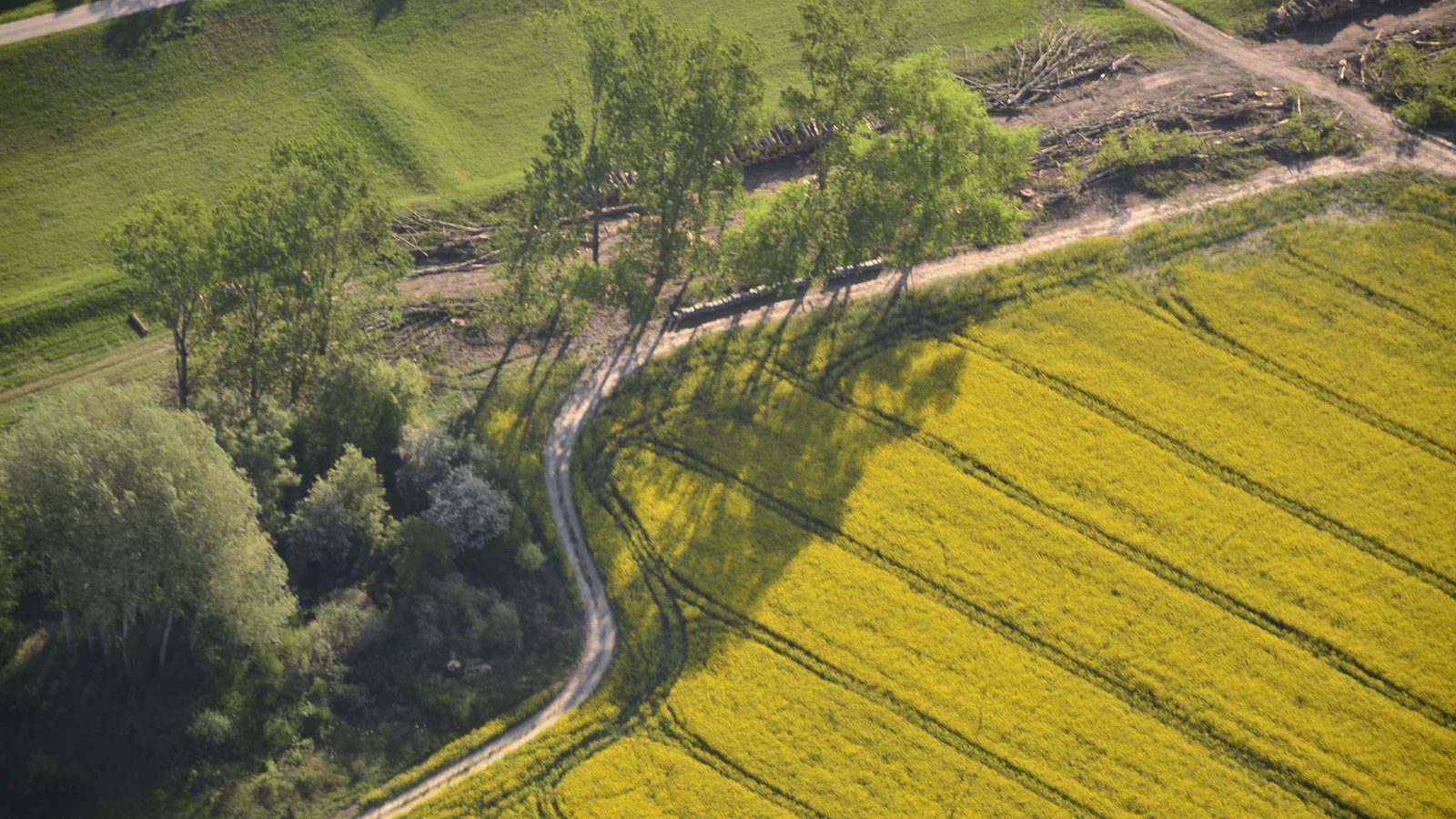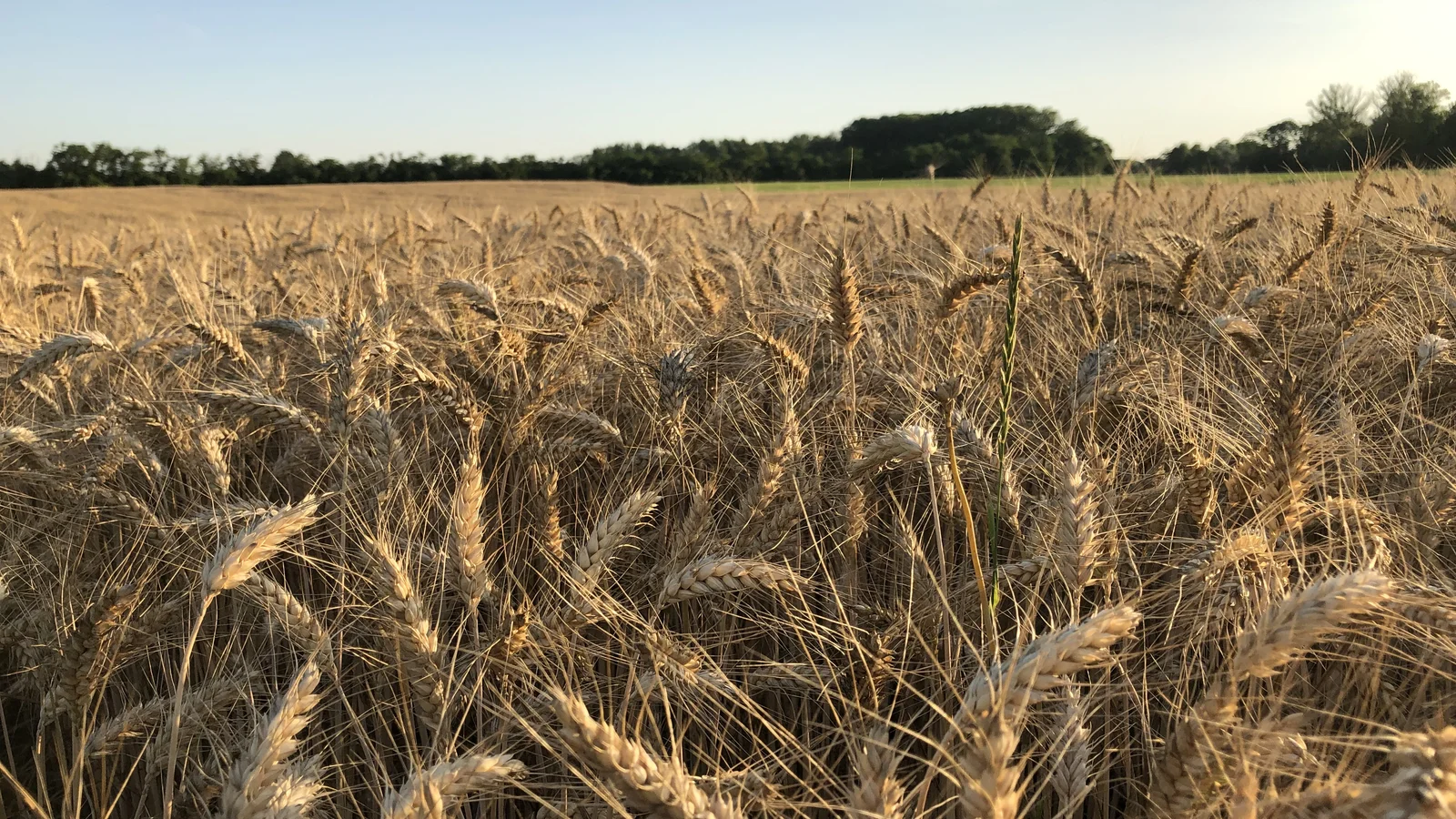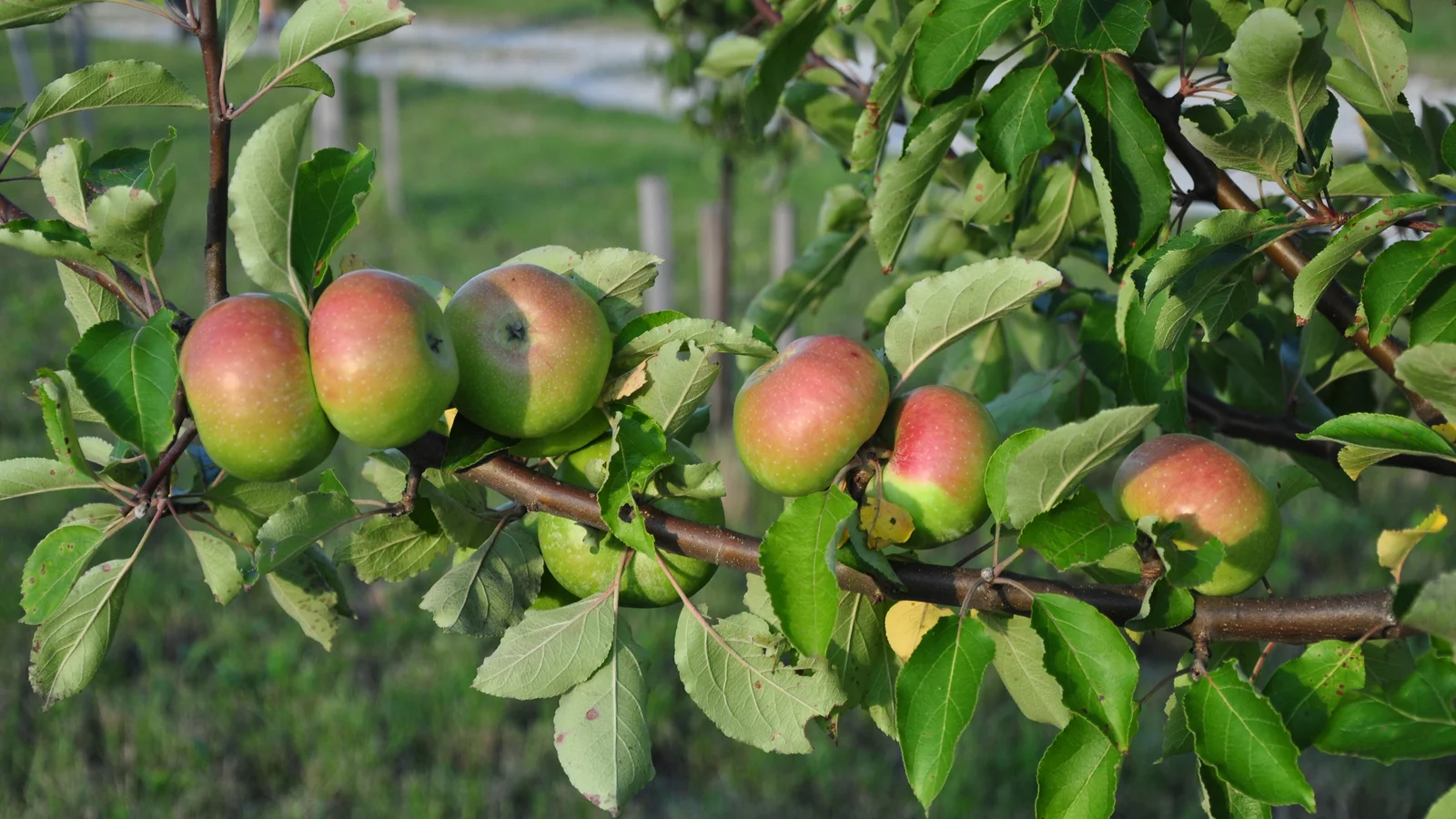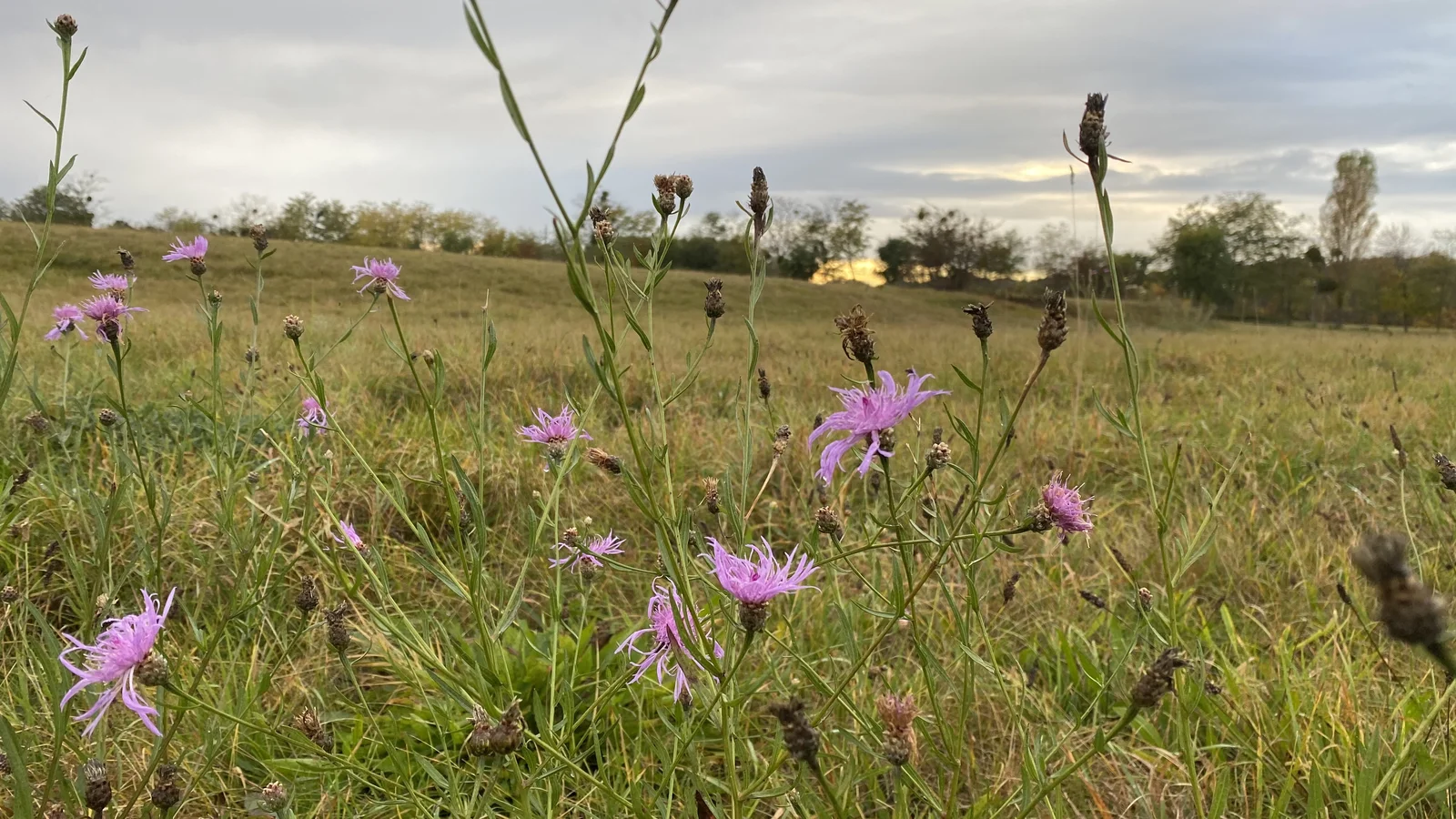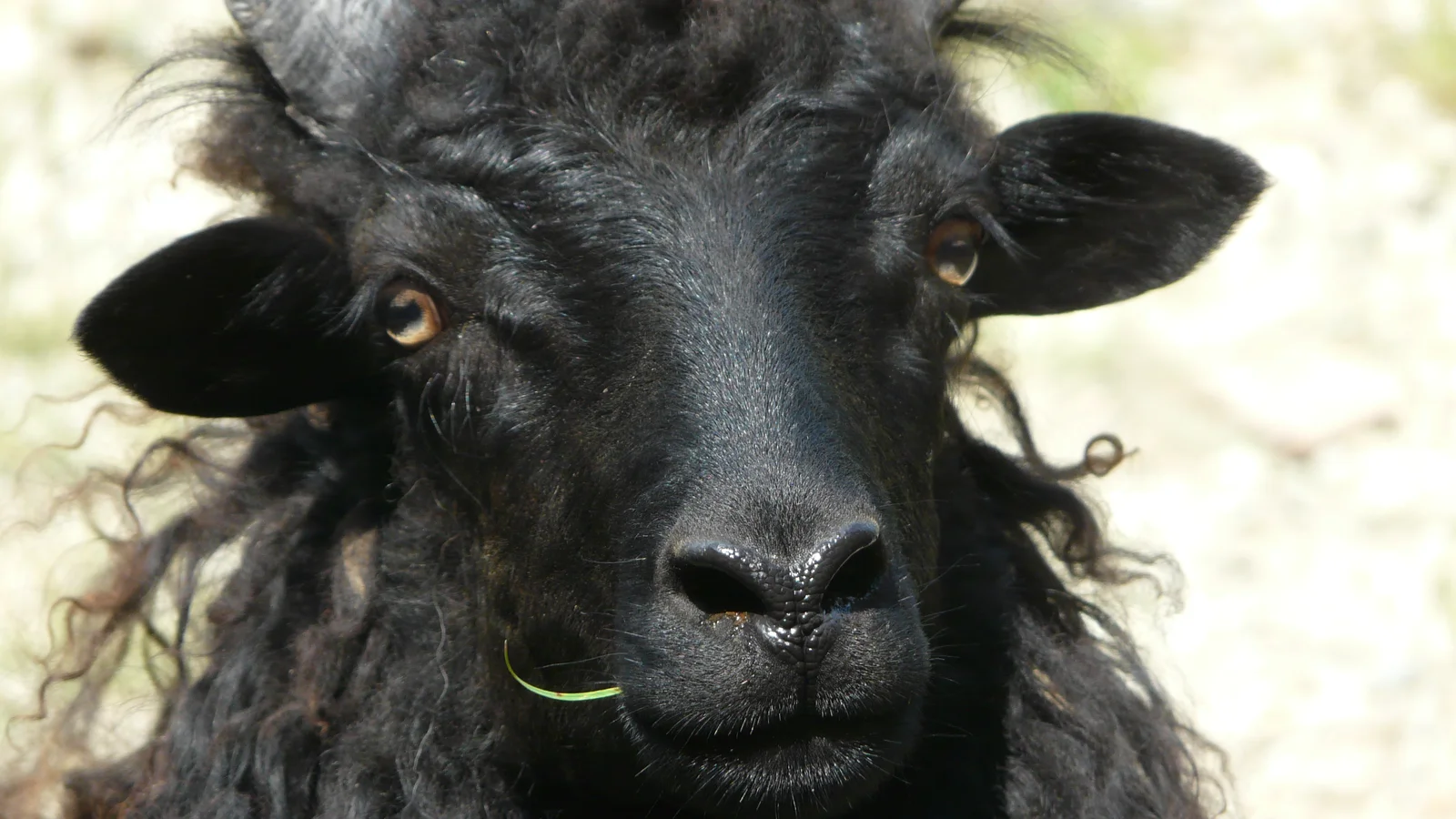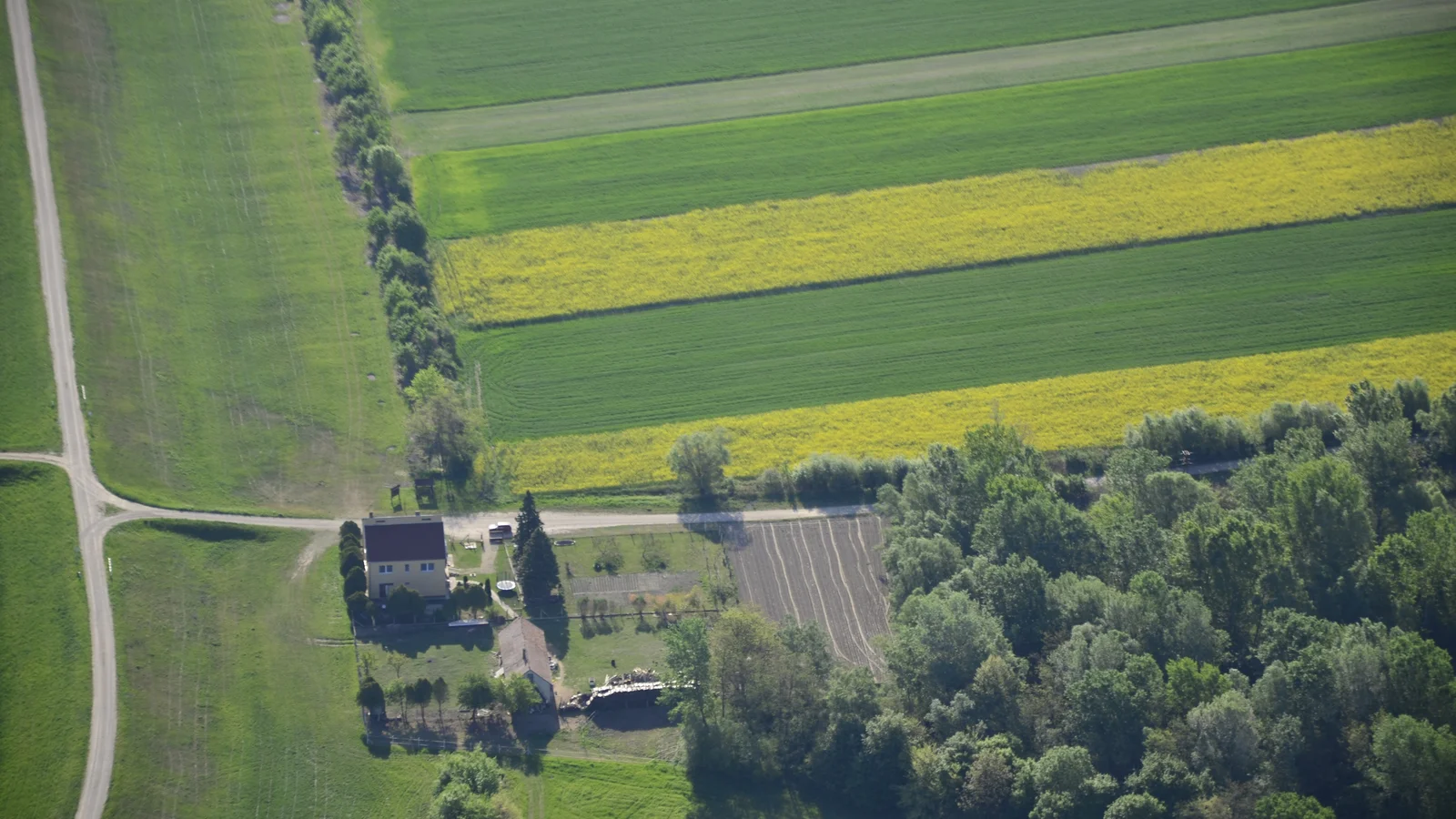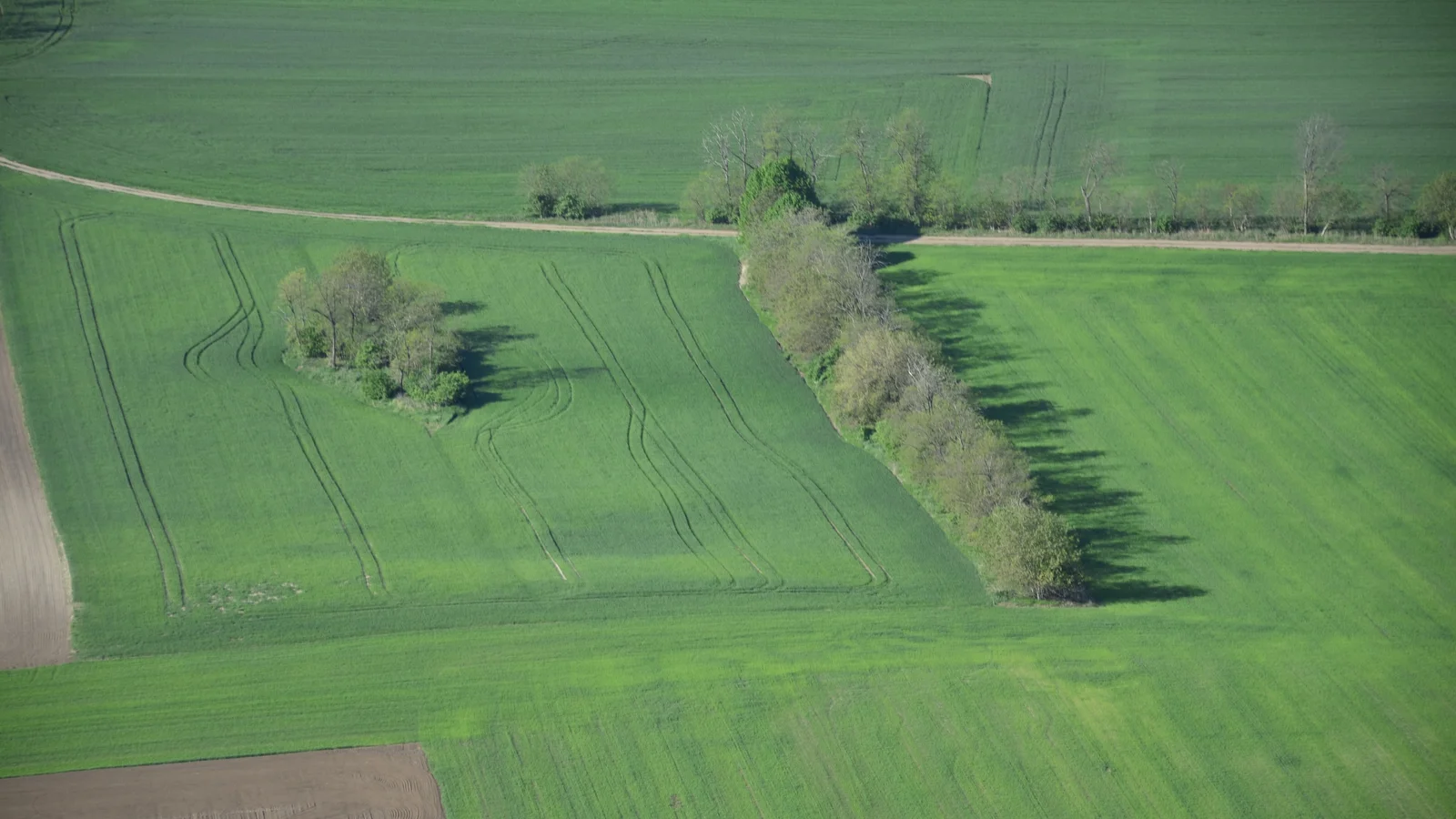Hungary
Description
The Szigetköz region in northwest Hungary, covering almost 36,500 hectares, is the largest semi-natural flood area in the Danube Valley and a Natura 2000 site. It features a rich diversity of flora and fauna, interspersed with rivers and sandbanks, and is predominantly an agricultural landscape with forests, meadows, swamps, and watercourses.
Despite previous human impacts, the region's ecology remains shaped by periodic floods. Szigetköz region is notable for its high crop yields, particularly wheat, corn, sunflower, and alfalfa, which are 15-20% higher than the national average.
Agricultural practices vary based on groundwater levels, with shallow-rooting crops near high groundwater and deeper-rooting crops where levels have decreased. Currently, only 8-13% of farmland is irrigated due to the high costs and potential negative effects on soil.
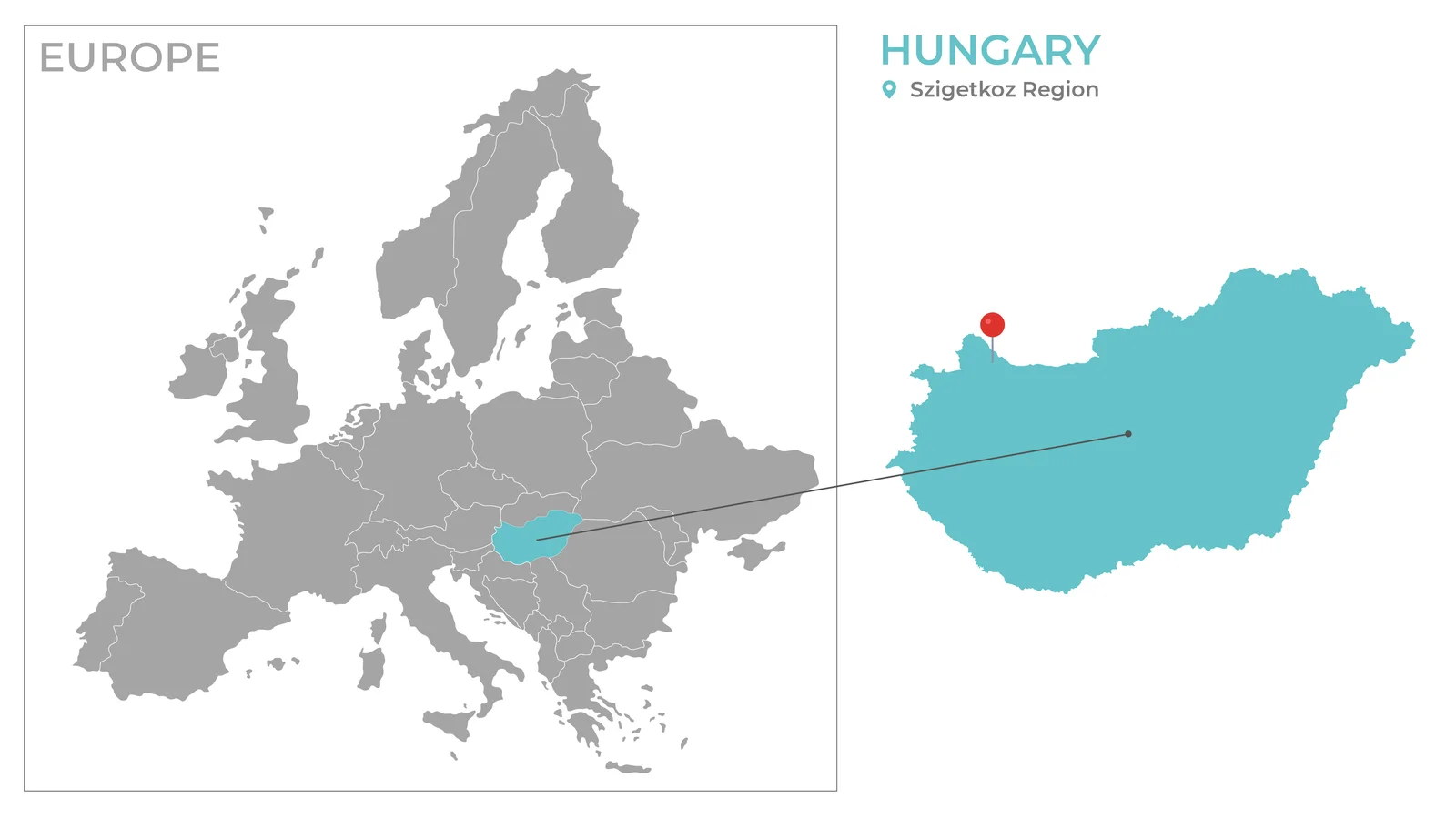
Challenges
Climate change is significantly impacting agriculture, with extreme heat, rainfall events, and changes in precipitation patterns expected to reduce crop productivity. Variability in crop yields due to extreme weather events, pests, and diseases is also anticipated to increase. Temperature changes and altered growing seasons may facilitate the spread of certain species, like insects and invasive weeds, further affecting crop yields. Adapting agriculture to extreme weather conditions is essential, necessitating a departure from traditional practices that may no longer be suitable.
Real-time field data, including soil condition, nutrient levels, water content, and meteorological data, is becoming increasingly crucial for informed decision-making. Understanding these processes and trends is vital for implementing effective solutions. By utilizing real-time information and adjusting farming practices accordingly, such as optimizing input materials and aligning soil work with weather patterns, farmers can mitigate potential yield losses and transition towards nature-based solutions better suited to changing environmental conditions.
trans4num NBS test site
trans4num will conduct experiments in three replications comparing (NBS) with conventional intensive farming systems on a 20-hectare land with a three-year rotation of durum wheat, sorghum, and soya. The trials will take place at Mecsér experimentation sites, involving practice partners and local stakeholders. Soil quality will be assessed using fast sensor-based technology to evaluate the impact of NBS on soil structure, organic matter, and yield improvement.
Objectives include testing and monitoring the effects of NBS, developing a monitoring and decision support system for farmers, and preparing educational materials to promote the economic benefits of NBS and address associated challenges. Monitoring methods involve soil and plant sampling, soil profile analysis, remote sensing technologies for crop health monitoring, yield monitoring, and biodiversity assessments.
Multimedia products
Video: Agriculture of the Szigetköz region Presentation: Agriculture of the Szigetköz region Video: NBS site in Hungary Presentation: NBS site in Hungary Video: Landscape in the Szigetköz region Presentation: Landscape in the Szigetköz region Factsheet: HU NBS site Factsheet: Progress of the NBS implementation and testing in Hungary
First year updates
The HU NBS site aims to conduct a socio-economic and agronomic baseline assessment of the site and address nutrient management challenges through field trials, modelling, and expert input. A key objective is to explore the potential of selected NBS compared to conventional intensive farming systems.
1) Field experiments
The HU NBS field experiments is on a 20 ha plot, comparing NBS potentials with conventional farming practices using a three year crop rotation of soya, sorghum and durum wheat.
2) Monitoring
Throughout the growing season, continuous monitoring is conducted, including soil and plant sampling, remote sensing techniques, and CO2 emission measurements.
3) Stakeholder engagement
The NBS site emphasises stakeholder engagement, particularly involving local farmers, to share knowledge, gather feedback, and promote the adoption of sustainable practices.
4) Biodiversity Monitoring
Specifically ornithological surveys are done to assess the impact of NBS on the rich birdlife of Szigetköz region. The diverse habitats here support numerous rare and highly protected species, including the black stork and white-tailed eagle. Near the NBS site area 36 bird species were observed, with 28 likely breeding.
5) Preliminary findings
Initial results from the first year of the study indicate no significant differences in leaf and soil samples or yield results between conventional and NBS treatments. However, significant differences were observed in soybean pod size and the number of beans, with the NBS site showing better results.
6) Next steps
Monitoring and evaluating the effectiveness of NBS will continue in the coming years, focusing on refining practices, assessing long-term impacts, and ensuring scalability. Efforts will be made to engage policymakers and advocate for supportive policies and regulations to facilitate the broader implementation of NBS.
Hungary NBS Team
PANNON-MAG-AGRAR KFT
pannonmag@gmail.com
Zsolt Kovács-Csomor
Veronika Rapp
PISZTRANG KOR EGYESULET
zoli@pisztrangkor.hu
Zoltán Fűzfa
SZECHENYI EGYETEM
ver.andras@sze.hu
Dr. András Vér

